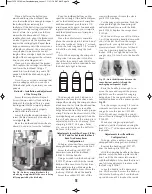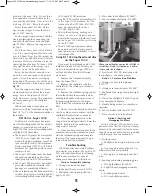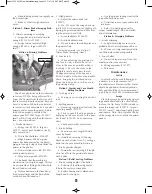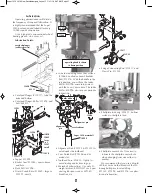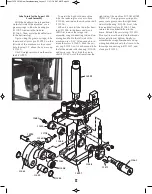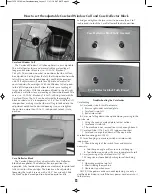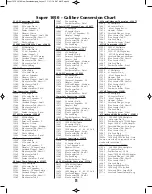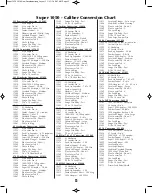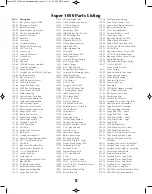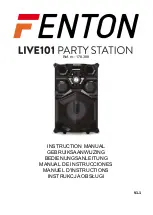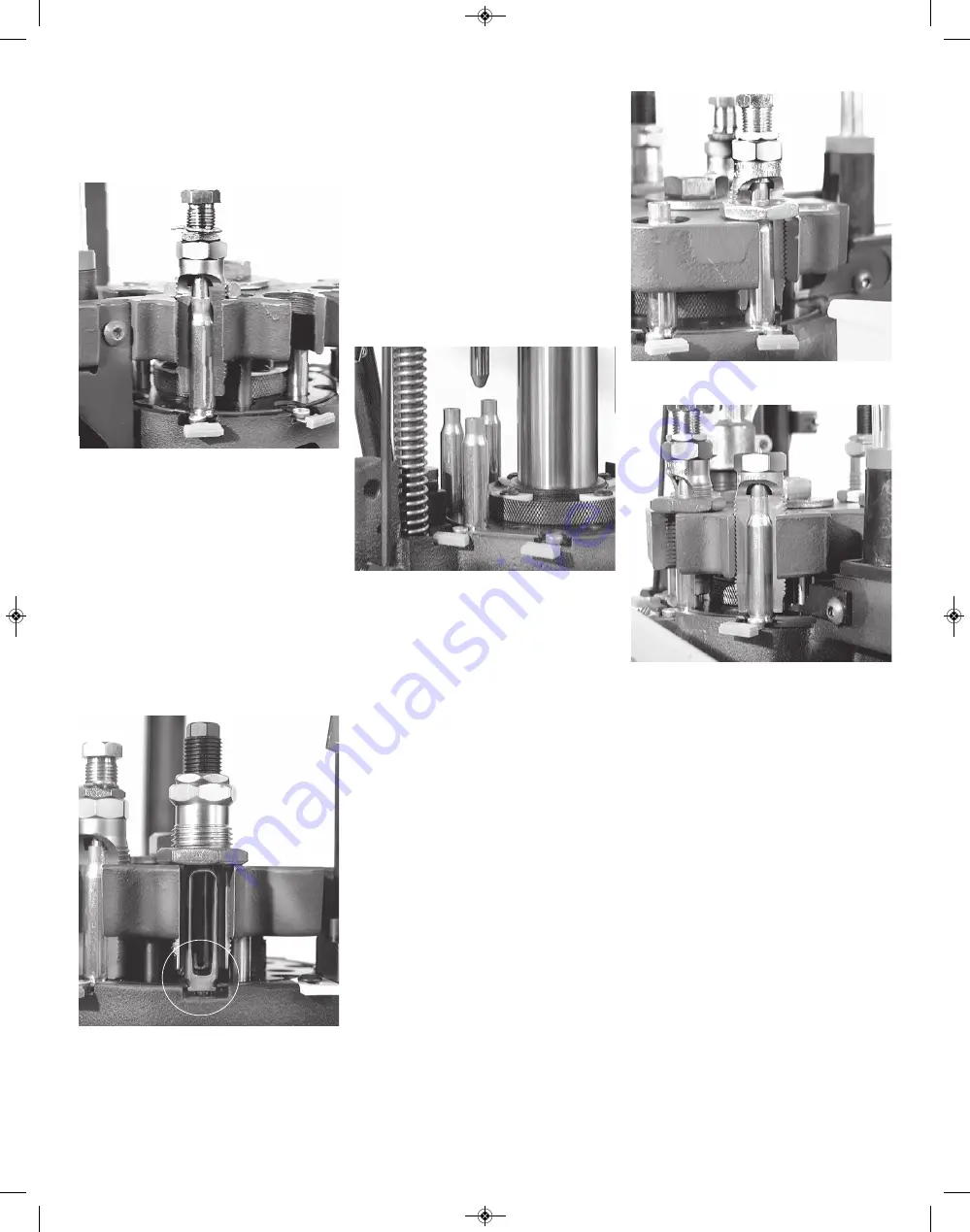
11
Pull the operating handle smoothly to
the bottom stop, then raise the handle, a
case has been fed to
Station 1
. Cycle the
handle again, strive to be smooth in your
operation.
The first case should be indexed to
Station 2
. Cycle the handle again.
It is not necessary to apply any force
on the upstroke of the handle. All you
are doing on the upstroke is indexing the
shellplate. Remember that priming is
done on the down stroke. A slow meas-
ured upstroke gives you lots of time to
pick up the next bullet and ready it for
seating. If you count one second down,
and one second up, you’ll have a good
pace.
The first case should now be in
Station
3
with a case in Stations 1 & 2 as well.
Cycle the handle again. The case is
swaged and expanded at Station 3. Ob-
serve the swage operating part
(#20314*), if the swage is proper, pro-
ceed – if not see items 3 and 4 in the
Troubleshooting section of this manual.
Cycle the handle again and the case gets
primed at
Station 4
.
If the primer is not seated properly (too
high or too deep) you will need to adjust
the primer push rod (#12819). Clockwise
turns of the primer push rod will cause
the primer to be seated deeper while
counterclockwise turns will seat the
primer higher.
The first case in the sequence should
now be primed and at
Station 5
. Re-
move the locator button (#20637*), ex-
tract the round and check the primer. If
everything looks okay, replace the case
and button and proceed. However, if
the primer is not seated properly (too
high or too deep) you will need to adjust
the primer push rod (#12819). Clockwise
turns of the primer push rod will cause
the primer to be seated deeper while
counterclockwise turns will seat the
primer higher.
Cycle the handle again, the automatic
powder measure will drop the charge
you’ve selected. Pistol casemouths will
be belled at this time. Look through the
inspection hole in
Station 6
– you should
be able to see your powder charge in the
case.
Cycle the handle again. Now, with
your left hand, place a bullet on the
powder-charged case at
Station 7
and
cycle the handle. Your bullet will be
seated to its proper depth, if not, a sim-
ple height adjustment to the seating stem
may be necessary. Refer to a loading
manual for proper loaded length (OAL).
Cycle the handle again and check for
crimp at
Station 8
. Refer to Troubleshoot-
ing item 8 for adjustments if necessary.
Add a bullet, cycle again. Your first
loaded round should now be ejected into
the collection bin.
If all has gone well to this point you’ve
got it made. Just keep adding bullets,
watch your fingers so they don’t get
caught and don’t hurry. Just try to be
smooth in your operation. The speed will
come naturally and you’ll be doing a
thousand rounds per hour before you
even realize it.
The following are some adjustment
suggestions as well as Troubleshooting
hints.
Station 5 - Here the case mouth is belled
and powder dispensed.
Station 2 - Here, spent cartridge cases are
resized and deprimed.
Station 7 - In this station, the bullet is seated
to its proper depth.
Station 8 - Here the case is crimped and
then ejected out of the shellplate with the
next pull of the handle.
Station 3 - Here the case mouth is ex-
panded while a rod supports the case base
for swaging.
Super 1050 2018 New Casefeeder.qxp_Layout 1 1/31/18 6:47 AM Page 11


















